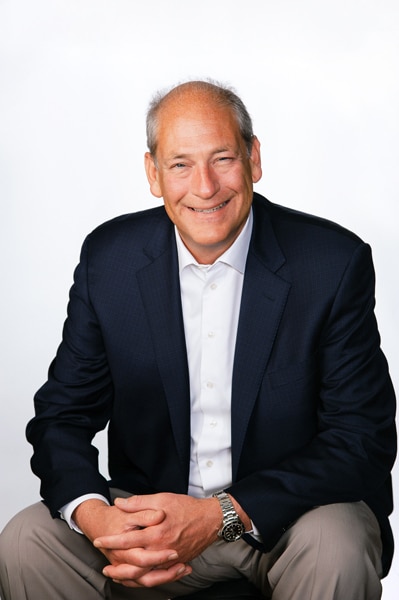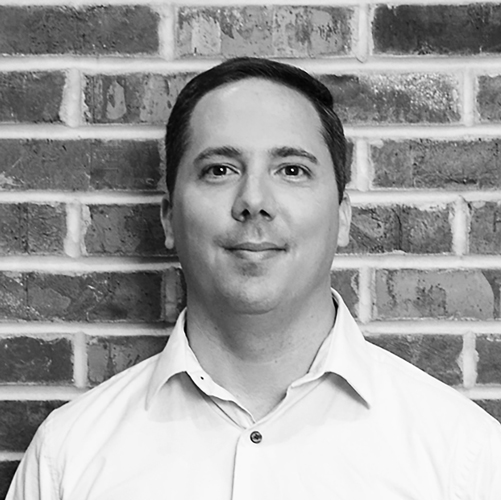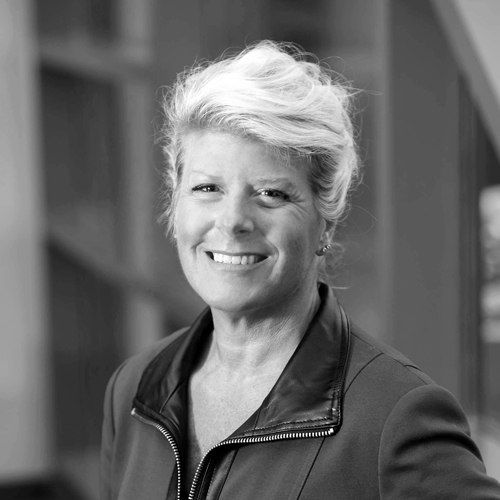Every year, countless books and seminars target company executives with messages about how to change a company’s culture. Bruce Lee of Heartland Financial has read and seen plenty of them—and subsequently seen how the ideas planted often fail to take root.

“You come back all excited and that excitement lasts about two weeks,” says Lee, who is president and CEO of Heartland Financial, a financial services company that now stretches across eleven states. “Then you’re back to doing what you were always doing. To actually affect a culture change, you have to change.”
It’s a lesson that Lee not only has taken to heart, but that has served him and Heartland well as the Dubuque, Iowa-based company has grown through acquisition of local banks in the west, from Illinois to California. With acquisition comes employees and branches used to doing things a certain way and, perhaps, reluctant to change a way of doing business.
“It was a challenge to get everyone rowing in the same direction,” Lee notes. “But I see it working. I visit a branch in Arizona and hear someone on the front line who I’ve never met before using the language we use all over and I know we’re doing something right.”
For Lee, the push toward a formative culture shift revolved around looking at everything through a customer-focused lens.
“We shouldn’t make any decision unless we think about how it will affect the customer,” he says. “I think about employee engagement—without an engaged workforce, they’re not going to provide great customer experience. We need their input. They’re the ones on the front line, interacting with our customers every day. I want that input—it’s crucial to the decisions we make.”
In terms of engaging his workforce, Lee and Heartland’s leadership have increased their efforts to solicit feedback in the form of surveys, town hall meetings, and personal visits to every single Heartland branch to have one-on-one meetings with employees. Lee says the different approaches are vital—not only in terms of demonstrating the commitment to engagement, but also to get the most honest responses possible from employees.
“I like surveys because people tend to be more open with their comments; there is anonymity,” Lee says. “They’ll tell you things in a survey they wouldn’t tell you in person. With information that maybe is a little more honest, it enables us to really focus on and solve the right problems.”
One example is increasing transparency throughout the company. In an age where the financial industry is in a constant state of change, employees like to know what decisions are being made and why they’re being made. Whether that’s about a new IT system or what markets are being scouted for new branches, Lee says the walls have come down and that information is being shared across the company.
“It’s also about creating a culture of accountability,” Lee explains. “We take all this information from surveys and meetings and share it; we let our employees know what feedback we receive and what we’re doing. We almost try to overcommunicate that information, so they know what we’re doing and why.”
With more knowledge and trust in leadership comes more empowerment at the local level. That’s particularly important for Lee, because if Heartland’s culture is centered around customer service and making sure customers have the best experience possible, then it’s important the employees who deal with customers on a daily basis are invested in what they do.
“It’s part of that culture of accountability,” he says. “There aren’t two or three people making decisions for Heartland—the folks who are out there in our eleven banks are the ones who are out their everyday representing us for our customers.”
At each bank, they’re also the ones who are going to return the front-line information to Lee and his leadership team—even though Lee admits that along with his personal trips to each Heartland branch, he loves making customer calls too.
“I love talking to customers, seeing how they’re feeling, and getting the report card from them in terms of what we’re doing right and what we can improve on,” he says. “Also understanding their businesses, how they feel about the economy, and what their challenges are. Maybe it’s rising interest rates, maybe it’s finding talent. It helps me remember why I do what I do every day and why we’re in business. It’s to meet their needs and better serve these communities.”
It’s the kind of lesson that can be learned in a book or at a seminar—but needs to be put into constant practice to be effective.
Lessons on cultural transformation from Heartland Financial’s Bruce Lee
Take a customer-first approach to decision-making
“We can never lose sight that customers are the folks who pay our salaries. There is nothing more important than the customer experience because without customers, we have no business.”
Give people access
“We are overcommunicating. I’ve personally been doing a round of town hall meetings with all member banks, lines of business, and divisions here at Heartland. The town hall consists of a short presentation in which I provide information on how we make decisions at Heartland, how we set strategy, how leadership stays connected with weekly phone calls, what’s happening at monthly meetings of various committees, and how information should flow up and down the organization. We are having discussions about tier-1 investment projects, why we’re making big investments, the top ten things that we’re focused on organizationally, and other updates. I value the question and answer session at the end of the town hall meetings—some questions are from the audience and some are submitted ahead of time to provide anonymity. It gives me a chance to hear firsthand what’s on our employees’ minds.”
Map the culture gap
“The survey approach gets people talking. We get a lot of feedback about how happy people are that we’re even asking them in the first place. It’s helped us clarify decision-making, but remember that if you ask your employees for feedback and they provide it to you, they want to know that you’re going to take action on what we’ve learned. Make it transparent and let them know you’re not only listening, but using it and working on it.”
Start small
“Because of our banking model where we have eleven banks in eleven different states who came into the organization eleven different ways, sometimes it’s hard to get buy-in across the board. Everyone will agree we should have a similar culture, but the challenge becomes, what should that culture be? We want it to be similar, but then everyone says, ‘Let’s use the culture I have at my bank,’ or ‘in my division.’ What we want is a Heartland culture—not eleven different cultures. Once we all agreed in the power of one customer-centered culture, then it started to all fall in line for us.”
And repeat
“You have to believe in culture change and it requires discipline and repetition. You have to be saying the same things over and over. You have to stop the conversation at times and say, ‘How is this going to affect the customer?’ You have to bring people back to those core tenets, saying it and living it every single day.”
Photos: Heartland Financial USA Inc.

